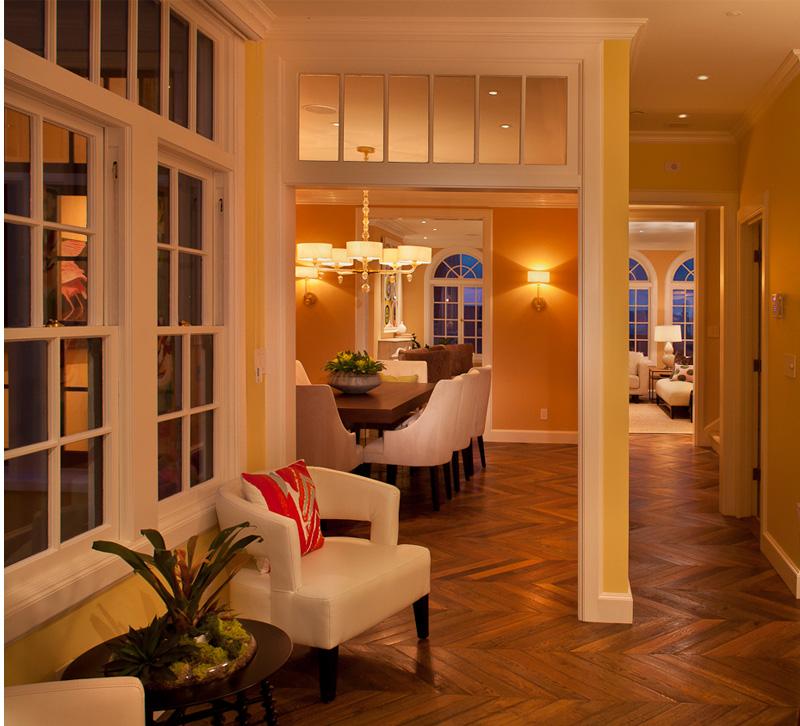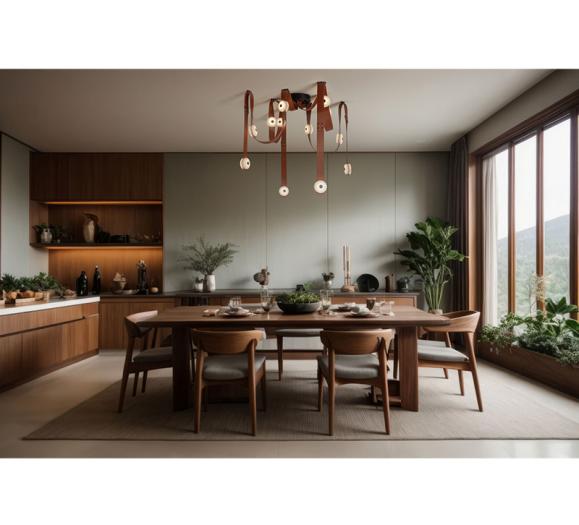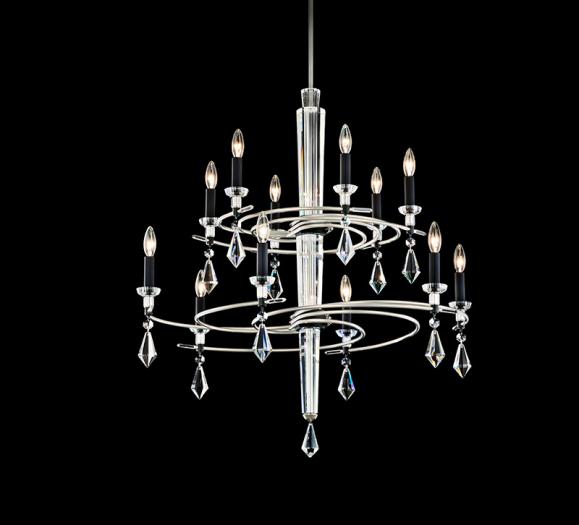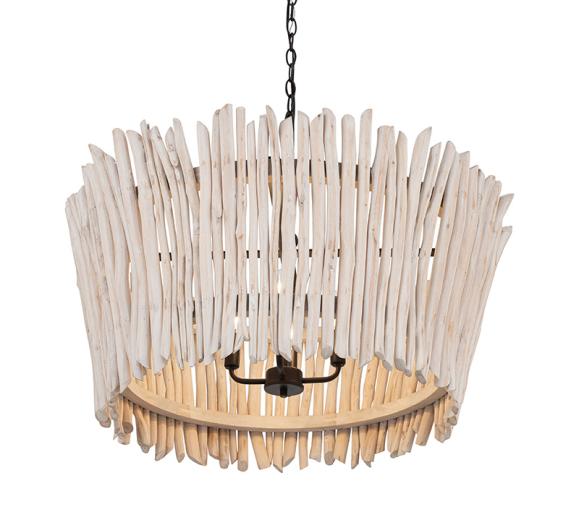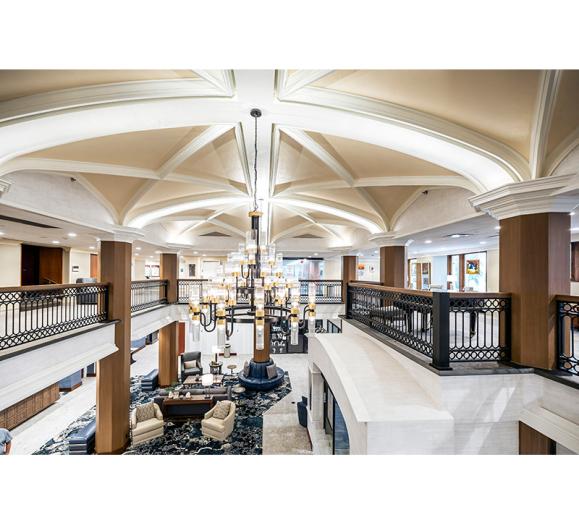Rethinking How We Light Dining Rooms
When I was growing up, the dining room was reserved strictly for company. As a family, we always ate in the kitchen. We rarely ventured into the dining room — it was like there was this invisible braided rope that kept us out. Nowadays, more often than not, the dining room is not a separate space. It is part of an open plan, integrated into the living room or great room and open to the kitchen.
I like this arrangement better. It also opens up the opportunity for making the dining area into multiple-use space. It’s a place for the kids to do their homework instead of at the kitchen island, while still being in view. With the addition of a plasticized tablecloth it can be a craft area or a gift wrapping station. It can also be the buffet area or the bar for large gatherings.
It follows that the lighting needs to be flexible, providing lots of light for tasks, but also the ability to be dimmed down and inviting for dinner parties. Traditionally, there was one hanging fixture over the center of the dining room table and that was it. Maybe on festive occasions a pair of candlesticks with tall tapers was added. Have you ever noticed that if the candle flame was right at eye level, you started to see black spots instead of people’s faces across the way? If you are going to have candles, I recommend using low votives, which throw a soft light on people’s faces. There are now companies making LED votive candles with realistic-looking flicker flames. You get all the atmosphere and drama without the fear of fire or hot wax cementing itself to the tablecloth.
Glaringly Evident
If you’re going to use a pendant fixture or chandelier, consider selecting one that doesn’t have bare bulbs, which tend to be glaring. Pick a fixture that has fabric shades or frosted glass cylinders to hide the bulb and diffuse the light. Many of the more traditional styles use flame tip or torpedo-shaped light bulbs. These are now available in dimmable LED versions with warm color temperatures and a high CRI. A 4.5W bulb can provide 25W worth of illumination. This can make a big difference in your power bill when you select a chandelier that has 12 or more sockets.
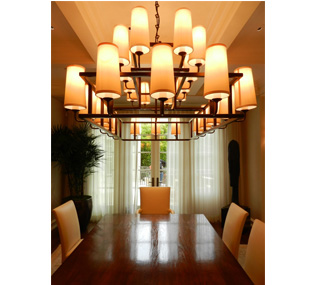
Bulk Up Your Look
You can consider using two or three light fixtures instead of just one or use a whole cluster of pendants, hanging at different heights, for more modern look. You can also add recessed adjustable light in between hanging fixtures to provide additional task or accent light for the tabletop or centerpiece. Try to add some ambient light/fill light as well. This is light that's bounced off of the ceiling to create a more complementary illumination for people’s faces.
The bottom line: This does not have to be your parent’s dining room. Recreate and redefine it to make it an integral part of your home, instead of a standalone nod to the past.



